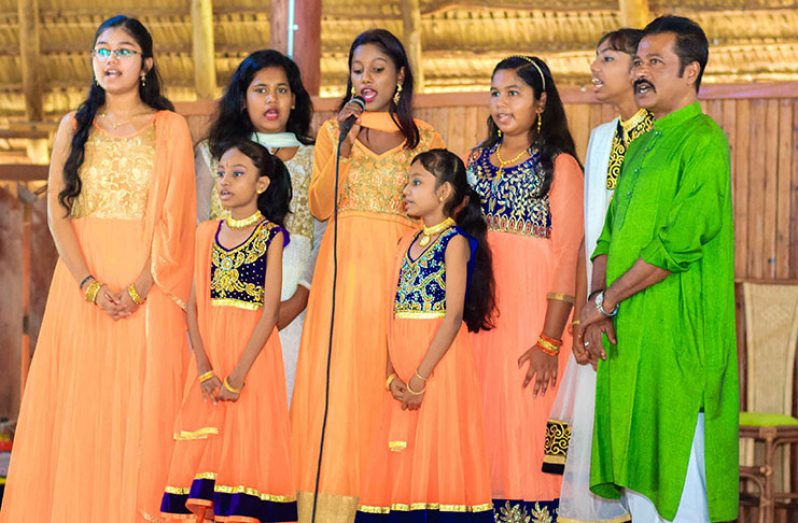-says Minister Henry
ONE hundred years after the abolition of Indentureship of East Indians in 1917, the period is being remembered as a phase which reshaped the country’s economic landscape.
An audience at the Indian Action Committee (IAC)’s symposium at the Umana Yana on

Saturday was reminded that East Indians faced and made use of “brutal, cruel and debilitating” conditions to make life for their descendants easier.
Minister within the Ministry of Education, Nicolette Henry,told the gathering that the present generation was enjoying a dynamic culture and a rich legacy, one which all six ethnicities of the country should be proud of.
“Indian Indentureship reshaped the country’s economic landscape by making indelible marks in the fishing, cattle, coconut and sugar industries,” she said.
It was reported that in the 19th and early 20th centuries Indian indentured workers were emigrating to different parts of the world, chiefly to Ceylon (Sri Lanka), Mauritius, Fiji, Malawi, Natal, Suriname and the British and French Caribbean.
Of these, Mauritius was the largest recipient of Indian labour under the indenture system. The movement to British Guiana, the largest importer in the Caribbean, commenced in 1838 (1835 to Mauritius and 1845 to Trinidad and Jamaica); it was stopped the following year; it recommenced in 1845, suspended three years later and continued uninterrupted from 1851 until the demise of the system during the First World War.
Within this 80-year period roughly 238,979 Indians landed in Guyana (143,900 in Trinidad and 36,412 in Jamaica) from the ports of Calcutta and Madras, of which 65,538 were repatriated. By 1917,Indians comprised 42 percent of the Guyanese population (today around 43 percent according to the 2001 census). It is estimated that today they form roughly 20 percent of the English-speaking Caribbean.
Minister Henry noted that indentured immigrants who remained in Guyana added “flavour” to the country’s culture, with devotional festivals, colourful dresses, tasty food, lively dance and music.
“The former indentured labourers adapted to the new environment after staying back in Guyana and left a rich legacy in art, dance, literature and music, as well as many other areas,” said the Minister.
Today, East Indians are not the only ones who celebrate native holidays;Guyanese of all walks of life come together to celebrate and participate in Indian festivals such as Diwali and Phagwah.
Guyanese have also supported and promoted persons of East Indian descent who have made notable strides in the business environment, education sector, engineering, law, media, politics and even sports.
Being the first of its kind, Minister Henry stated that the symposium was an ideal forum to remind Guyanese of the contributions and history of East Indians, as well as be up-to-date with where the ethnic group stands in society.
A member of the IAC, Radhay Persaud followed up on what the Minister said and pointed out that the symposium was a timely reminder of the long struggle of the East Indian forefathers.
The Indian culture,he said, was a firm foundation for building a cohesive society where Guyanese work together to protect and preserve the legacy of their ancestors.
And the symposium was a way of ensuring that persons know where they came from and understand their roles in society.


.jpg)











